Netra and I spent the last day of 2023 on the Central Coast, looking for the occasionally present Black-necked Storks. While we never saw these stunning storks that day, we did come across a number of egrets feeding in shallow water around Tuggerah Lake. The egrets being white made perfect subjects on this overcast day making for lovely white on bright tonal shots.
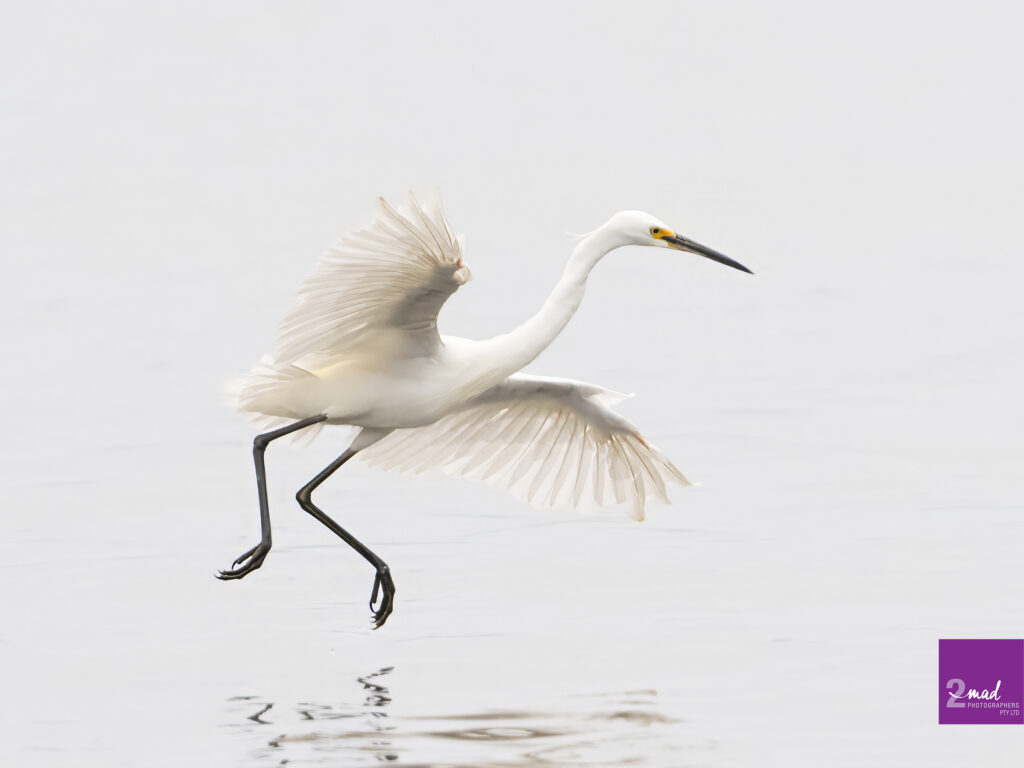
Let’s face it, most photographers would love to have perfect light for every image, irrespective of time of day. However, that is not something that’s achievable, because we are limited to the gorgeous warm light of the early morning or late afternoon to achieve that level of warmth in our images. Once the sun rises high enough, the light becomes too harsh to work with or the light disappears at nightfall.

The harsh light of a sunny day does not do light colours any favours. It is difficult to expose a white egret (for example) without risking the blowing of the white plumage and it also creates ugly and heavy shadows. For white subjects, one must severely underexpose to obtain a half useable image.
However, when the day is overcast and the sun is gone, you can photograph white or light subjects all day, because of the light being soft and diffused by the clouds eliminating harsh shadows and it makes photography a breeze. The only things to be mindful of are that you may want to use higher ISOs than what you are comfortable with, and/or slower shutter speeds. In these conditions, we would still rather be out shooting wildlife than sitting in front of the TV.
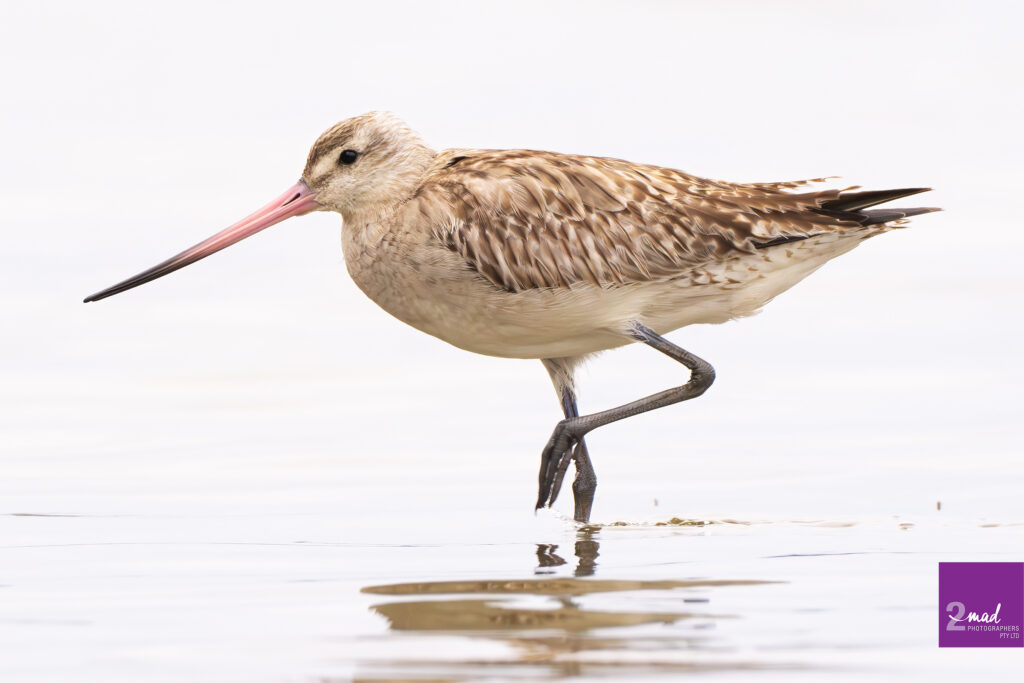
Don’t be afraid of high ISO. With proper digital exposure even high ISO images can be wonderful additions to your image files. Shoot to the right (histogram) and enjoy the capabilities that modern DSLR and mirrorless cameras offer.
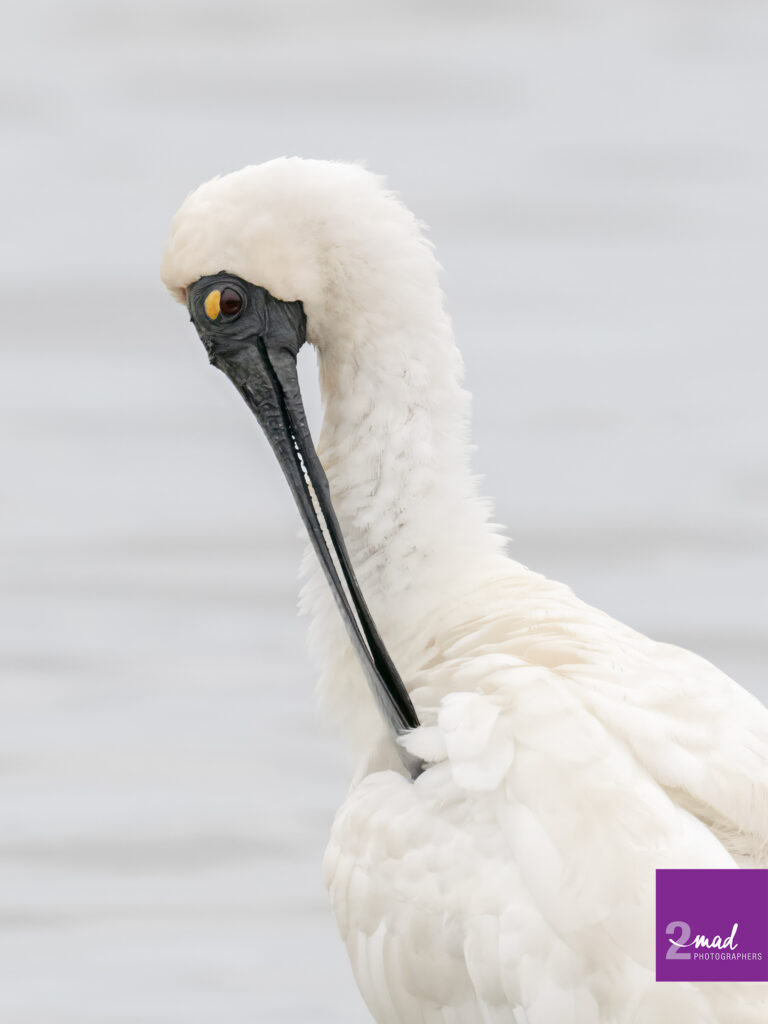
In perfectly lit conditions you have a small range of angles from which you can make pleasing images, otherwise the light may not hit your subject the way it would be best. When it’s overcast, that flat light gives you a couple of hundred extra degrees of angles from which you can shoot without worrying about the light, as it’s even, across the frame irrespective of your position. This is a huge advantage! Exploit this opportunity with every subject! I know, when we are out, I would much rather a cloudy day than sunny; anytime!
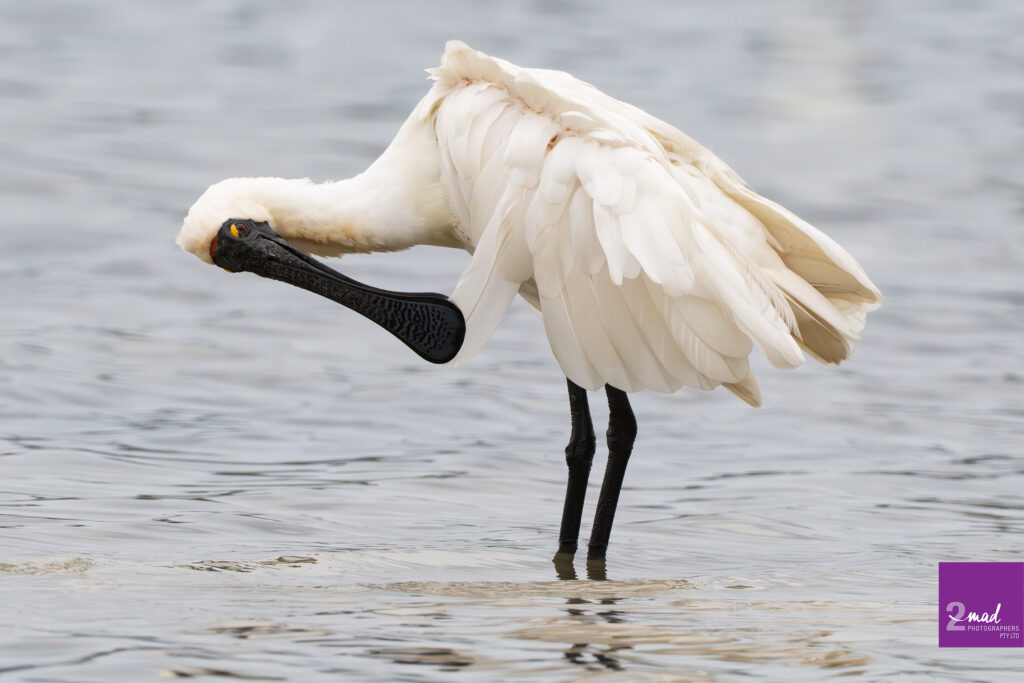
Exposing black and white subjects becomes much easier when it’s overcast. Given the limited dynamic range of our camera sensors, these are ideal conditions that make it possible to nicely expose for both tones in one image.
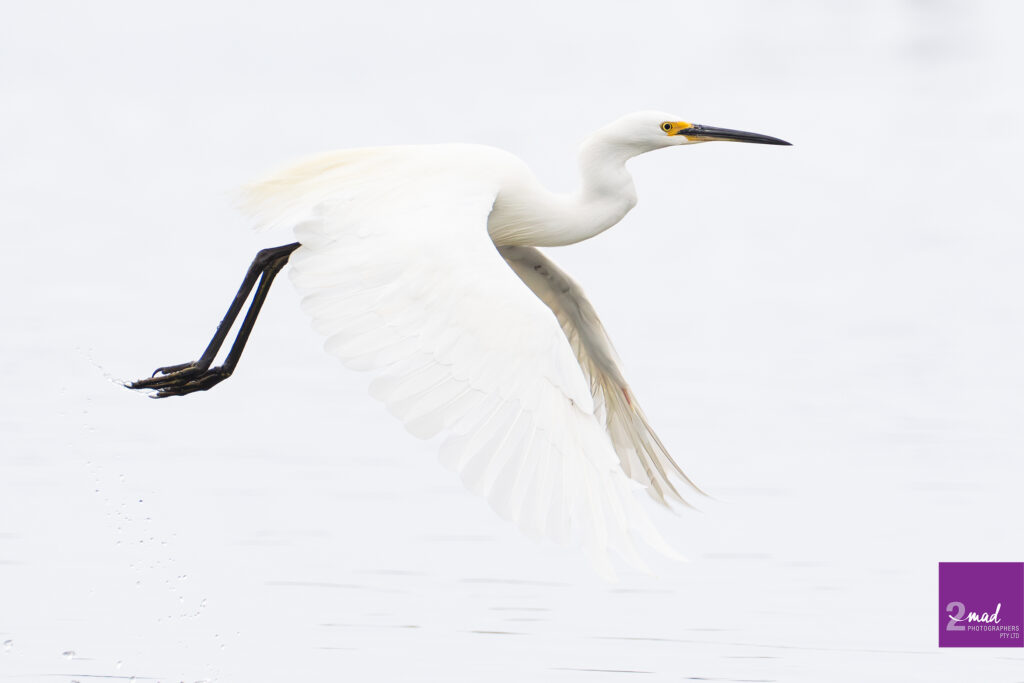
Overcast days may also bring precipitation with them, so that also adds some more drama into your images. Don’t hesitate to get out in all conditions and make the best of every shooting opportunity.

The moral of the story is, you need not be afraid of a cloudy sky, a bit of rain even, and, most importantly, using high ISO to capture some unique images. We can teach you all these things in our upcoming workshop in mid-March.